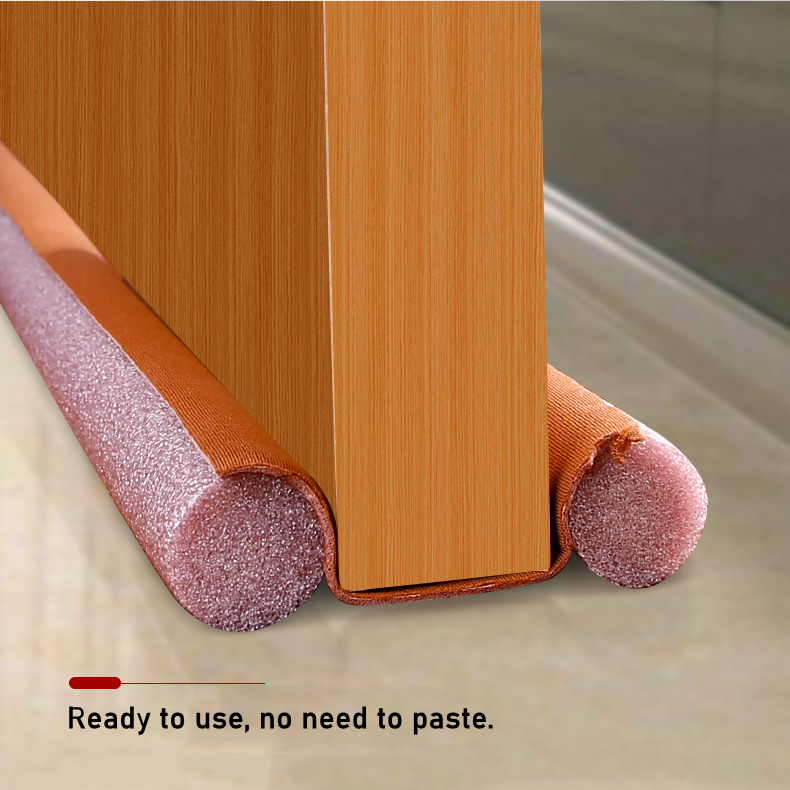Tubular Silicone Weather Stripping for Enhanced Insulation and Weather Resistance
The Essential Guide to Tubular Silicone Weather Stripping
When it comes to home comfort and energy efficiency, one often overlooked hero is weather stripping. Among various types available, tubular silicone weather stripping stands out as a top choice for homeowners and contractors alike. This article delves into the benefits, applications, and installation tips for tubular silicone weather stripping, helping you understand why it should be your go-to weatherization solution.
What is Tubular Silicone Weather Stripping?
Tubular silicone weather stripping is a flexible material made primarily from silicone rubber, designed to seal gaps and prevent air, water, and dust infiltration in buildings. Its tubular shape allows for a snug fit around door and window frames, providing an effective barrier against the elements. Unlike traditional weather stripping, which may become brittle and lose shape over time, silicone is known for its durability and resilience, making it a preferred option for various applications.
Benefits of Tubular Silicone Weather Stripping
1. Durability Silicone weather stripping can withstand extreme temperature variations, from freezing cold to sweltering heat. This resilience ensures a long service life, often exceeding that of other materials such as foam or vinyl.
2. Water Resistance Silicone is naturally water-resistant, making it ideal for areas prone to moisture. It helps prevent water intrusion, protecting the integrity of your doors and windows.
3. Flexibility and Adaptability The flexible nature of tubular silicone allows it to conform to irregular surfaces, ensuring a tight seal even in older homes where structural shifts may have occurred.
4. Energy Efficiency By minimizing drafts and heat loss, tubular silicone weather stripping contributes significantly to energy savings. A well-sealed home requires less heating and cooling, translating to lower energy bills.
5. Easy Installation Most tubular silicone weather stripping comes with adhesive backing, making installation straightforward. This allows homeowners to tackle weatherization projects without the need for professional help.
Common Applications
tubular silicone weather stripping

Tubular silicone weather stripping is versatile and can be used in various locations within a home
- Exterior Doors Sealing the gaps around entryways to keep drafts out. - Windows Enhancing insulation by preventing air and water from seeping in. - Garage Doors Creating a barrier against wind and moisture. - HVAC Ducts Ensuring efficient airflow and preventing energy loss.
Installation Tips
For those looking to install tubular silicone weather stripping, here are some simple steps to follow
1. Measure Your Space Before purchasing, measure the lengths of the areas you wish to seal. This will help you buy the correct amount of weather stripping.
2. Clean the Surface Ensure that the surfaces where the weather stripping will adhere are clean and dry. This promotes better adhesion and longevity.
3. Cut to Size Cut the tubular silicone stripping to fit your measurements, ensuring a tight fit at corners and joints.
4. Peel and Stick Remove the adhesive backing and press the weather stripping firmly into place, starting from one end and working your way to the other.
5. Test the Seal Once installed, test the effectiveness of the weather stripping by checking for drafts. Adjust or replace any sections that do not provide a tight seal.
Conclusion
Tubular silicone weather stripping is an excellent investment for enhancing the comfort and energy efficiency of your home. Its durability, adaptability, and ease of installation make it a reliable choice for sealing doors, windows, and more. By taking the time to weatherize your space with this efficient material, you can enjoy a more comfortable indoor environment while also reducing energy costs. Don’t underestimate the power of proper weather sealing—your home's comfort may depend on it!
-
Under Door Draught Stopper: Essential ProtectionNewsJul.31,2025
-
Garage Door Seal and Weatherstrips for ProtectionNewsJul.31,2025
-
Edge Banding Tape for Perfect EdgesNewsJul.31,2025
-
Table Corner Guards and Wall Corner ProtectorsNewsJul.31,2025
-
Stair Nose Edging Trim and Tile Stair SolutionsNewsJul.31,2025
-
Truck Bed Rubber Mats for Pickup BedsNewsJul.31,2025
-
Window Weather Stripping for Noise ReductionNewsJul.29,2025